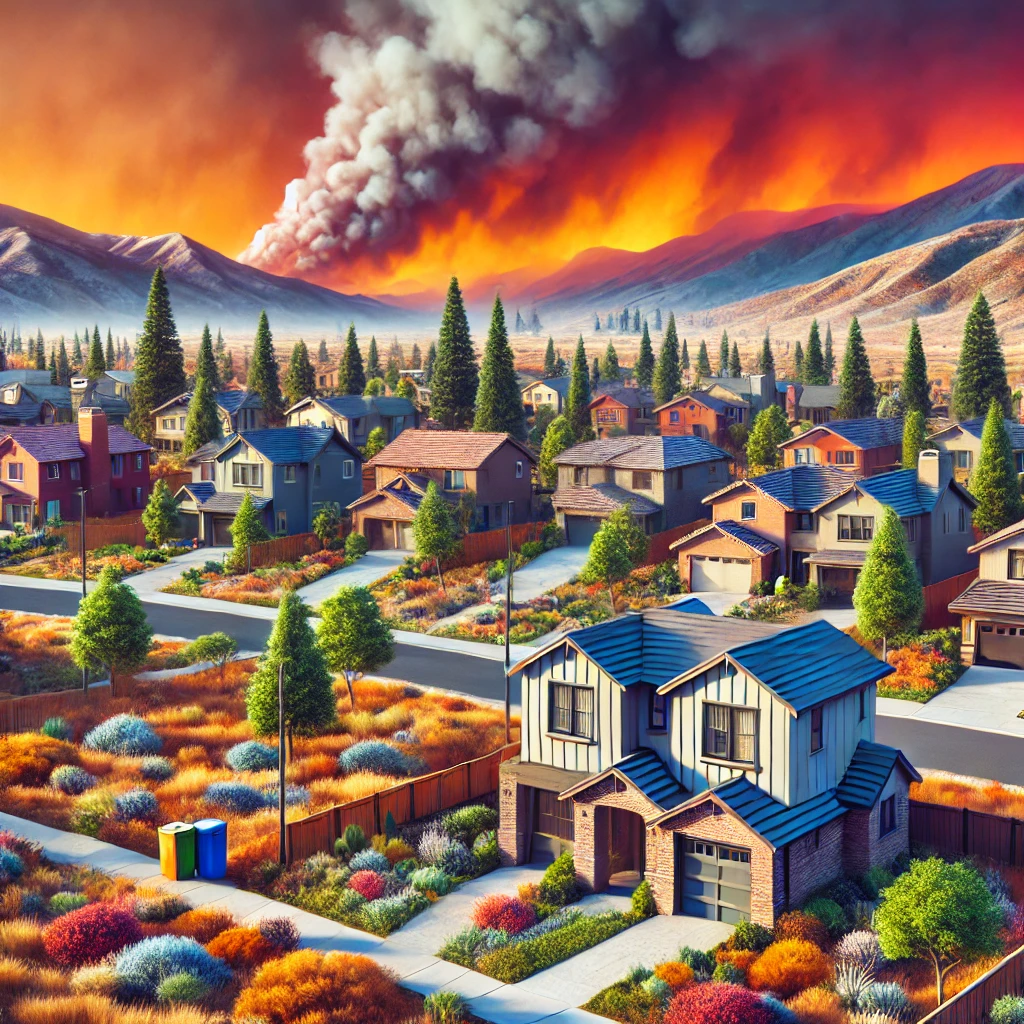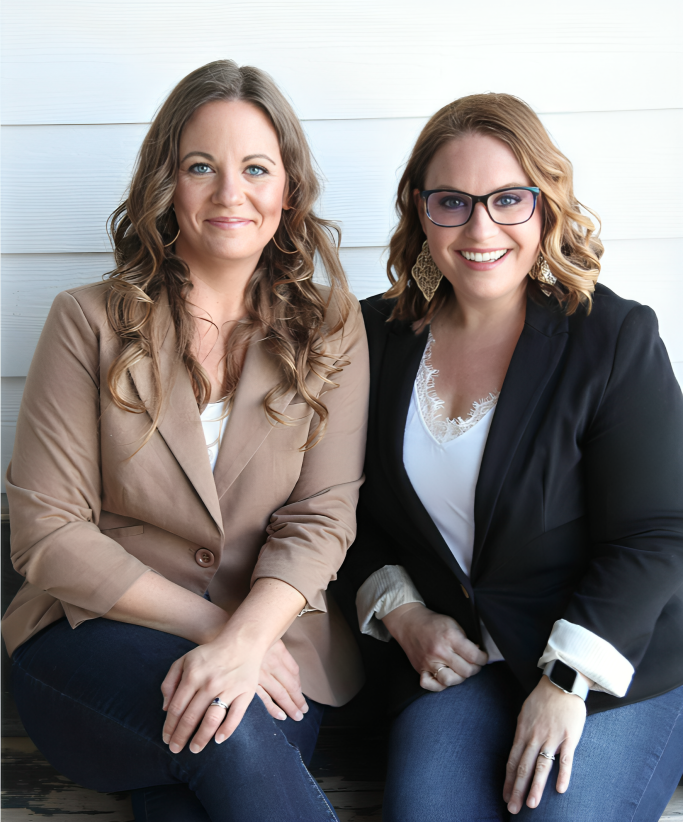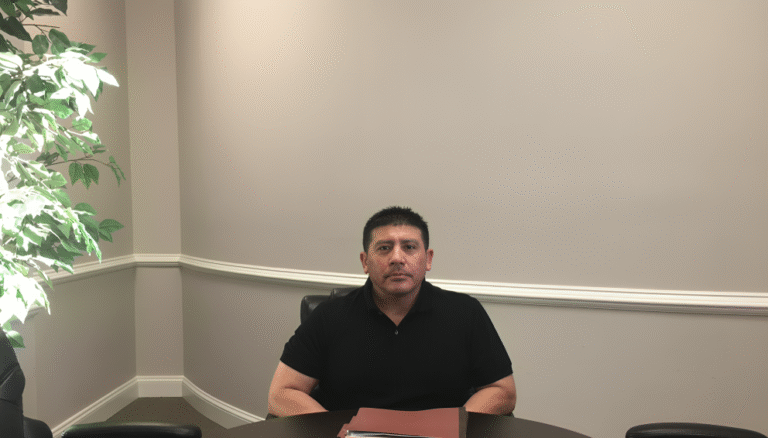
Wildfires are becoming an increasingly critical concern in the real estate market as climate change and human activity contribute to rising temperatures and drier conditions. These fires pose a significant risk not only to life and property but also to the long-term value of real estate investments, particularly in areas prone to wildfires. Understanding this risk and incorporating sustainable practices into real estate development and property management can play a crucial role in protecting both homes and investments.
The Growing Wildfire Threat
Regions such as California, Colorado, and parts of the Pacific Northwest have seen a marked increase in wildfire activity in recent years. Factors contributing to this include:
- Climate Change: Warmer temperatures and prolonged droughts create an environment where wildfires ignite more easily and spread faster.
- Urban Sprawl: As urban areas expand into wildland regions, homes and communities become more exposed to the risk of fires.
- Forest Management: Decades of fire suppression and poor forest management have resulted in an excess of vegetation that acts as fuel for wildfires.
Impact on Real Estate Investments
The growing risk of wildfires directly impacts the real estate market in several ways:
- Property Value Decline: Homes in high-risk areas may see a reduction in property values due to increased insurance premiums, higher maintenance costs, and the overall perception of risk.
- Insurance Costs: As wildfire risk increases, insurers may raise premiums or even refuse coverage, making it more expensive to protect properties.
- Regulations and Zoning: Stricter building codes and zoning regulations in fire-prone areas can affect the availability of land for development and add to the cost of construction.
Sustainable Practices for Protection
Adopting sustainable practices can help mitigate wildfire risk and protect real estate investments. Here are a few key strategies:
- Fire-Resistant Building Materials:
- Using fire-resistant materials such as concrete, metal roofing, and tempered glass can make homes more resistant to fires.
- Implementing non-combustible siding and decking materials further reduces the risk of structures catching fire.
- Defensible Space:
- Creating defensible space around a property by clearing away vegetation and maintaining a buffer zone helps slow the spread of fire and protects homes from direct exposure.
- Landscaping with fire-resistant plants and trees reduces fuel sources.
- Sustainable Land Management:
- Prescribed burns and strategic thinning of forests can help manage vegetation and reduce the amount of combustible material.
- Responsible land development practices that prioritize wildfire risk in urban planning can create more resilient communities.
- Green Infrastructure:
- Installing renewable energy systems like solar panels or using sustainable water management systems can make homes more self-sufficient during emergencies.
- Incorporating green building certifications (LEED, Passive House) ensures that homes are designed with sustainability and resilience in mind.
Conclusion
The growing risk of wildfires underscores the importance of integrating sustainable practices in real estate development and management. By using fire-resistant materials, creating defensible spaces, and practicing sustainable land management, property owners and developers can not only protect their investments but also contribute to the broader effort of building resilient, fire-adapted communities. Sustainable practices are not just environmentally responsible; they are critical to safeguarding real estate assets in a rapidly changing climate.












